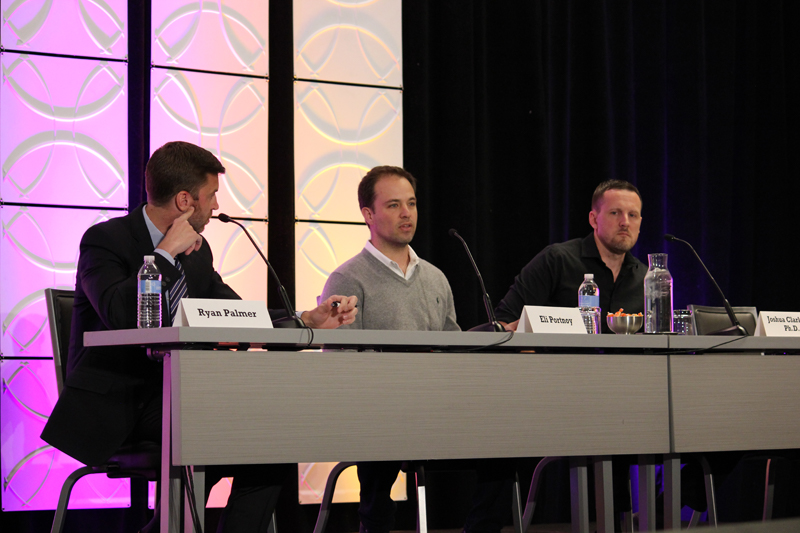Much is made of the perceived leverage third-party services have over the restaurants whose food they deliver, but in reality, “Operators have the real leverage because the third-party apps need you as much as you need them.”
That was the conclusion from Eli Portnoy, founder and CEO of data insight firm Sense360, after he analyzed survey responses from 5,000 consumers, along with transaction data, to learn how they think about and use convenience-oriented services. “At the end of the day, fees are the No. 1 consideration” for customers, followed closely by restaurant selection, said Portnoy, who presented during the Food On Demand Conference in Chicago last week.
Ninety-three percent of respondents said they already knew about the restaurant before ordering through a delivery platform, and 91 percent had visited in person, meaning delivery services aren’t the driver of customer acquisition for restaurants—it’s the other way around.
“Restaurants and brands are actually the customer acquisition tools for the apps,” said Portnoy, and partnerships with franchise and chain restaurants are driving growth for the likes of DoorDash and UberEats.
“Having the right restaurants and variety of chains are massively important” to customer acquisition, said Portnoy, who encouraged operators to first determine how they want delivery to function in their restaurant, such as to boost incremental orders during a specific day part, and then identify the best service. DoorDash and Postmates capture more delivery orders during breakfast; Grubhub has higher market share during afternoon and dinner day parts, and UberEats is popular for late night orders.
The numbers from Sense360 showed 63 percent of orders are incremental, but “cannibalism is a real threat,” said Portnoy, and operators need to closely track delivery sales to continually validate performance.
Joshua Clarkson’s insight into consumers’ perspective on third-party delivery reinforced Portnoy’s survey data as he noted consumers are actually brand agnostic when it comes to selecting a delivery service. Instead, it’s the restaurants they care about.
Clarkson, a consumer psychologist and associate professor of marketing at the University of Cincinnati, called the third-party delivery providers a “homogenous choice set,” and said consumers don’t view them as being that different.
“They’re saying, ‘I want lunch from this restaurant, this service offers it, so I’m going to use it,’” said Clarkson.
“We complain about a lack of consumer loyalty, but there’s no value in loyalty when brands are substitutable,” continued Clarkson. In his survey of self-identified restaurant delivery service users, 65 percent said they’re not loyal to a particular service and 73 percent are open to using a new platform.
“Promotional tactics are not building loyalty—they’re building a false sense of market share,” he said. “But there is some hope. Consumers are drawn to consistency.”
Third-party platforms can stand out with high-level customer service, Clarkson said, such as allowing them a short window to make a change or add to their order before it’s submitted. “Loyalty is what matters when the promotion isn’t there,” he said.


